Juicing has become a popular way to consume fruits and vegetables, but not all juicers are made the same. When choosing between a cold press juicer (also known as a masticating juicer) and a regular juicer (typically referring to a centrifugal juicer), it’s important to understand how they work, what benefits they offer, and which one suits your needs better.
This article compares cold press and regular juicers across various aspects to help you make an informed decision.
1. How They Work
Cold Press Juicer (Masticating Juicer)
A cold press juicer slowly crushes and presses fruits and vegetables to extract juice. It uses a slow rotating auger to grind produce and then squeezes it to extract juice without generating much heat.
Regular Juicer (Centrifugal Juicer)
A regular or centrifugal juicer works by using a high-speed spinning blade to shred produce, and then a mesh filter separates the juice from the pulp using centrifugal force. This process generates more heat and oxidation.
2. Juice Quality
Cold Press Juicer
- Higher Nutritional Value: Because of the low-speed operation and minimal heat, more vitamins, enzymes, and minerals are preserved.
- Less Foam and Oxidation: Juice from a cold press juicer tends to have a smoother texture and lasts longer.
- Longer Shelf Life: Cold-pressed juice can last 2–3 days in the refrigerator without significant nutrient loss.
Regular Juicer
- Lower Nutritional Value: The heat and fast spinning can destroy some sensitive nutrients.
- More Oxidation: Juice may foam more and separate quickly.
- Short Shelf Life: Best consumed immediately, as it may spoil within 24 hours.
3. Juice Yield
Cold Press Juicer
- Higher Yield: Extracts more juice from the same amount of produce, especially with leafy greens and wheatgrass.
- Drier Pulp: Indicates more juice is extracted efficiently.
Regular Juicer
- Lower Yield: Not as efficient with certain fruits and especially poor with leafy greens.
- Wetter Pulp: Indicates some juice is wasted.
4. Speed and Convenience
Cold Press Juicer
- Slower Operation: Typically takes more time to juice.
- Requires Pre-Cutting: Smaller feed chutes may require chopping fruits and vegetables.
- Quieter: Runs at a lower noise level.
Regular Juicer
- Fast Juicing: Perfect for quick results, juicing in under a minute.
- Larger Feed Chute: Can handle whole fruits like apples.
- Noisy: Operates loudly due to high-speed motor.
5. Cleaning and Maintenance
Cold Press Juicer
- More Parts to Clean: Can take longer to disassemble and clean.
- Usually Includes Cleaning Tools: Brushes and tools make cleaning easier but still more time-consuming.
Regular Juicer
- Easier to Clean: Fewer parts and quicker to rinse.
- May Clog with Fibrous Produce: Needs regular cleaning if juicing in bulk.
6. Cost
Cold Press Juicer
- More Expensive: Generally ranges from $150 to $500+.
- Long-Term Investment: Can save money by producing more juice and reducing waste.
Regular Juicer
- Affordable: Often available from $40 to $150.
- Budget-Friendly Option: Great for beginners or casual users.
7. Ideal Use Cases
| User Type | Best Juicer |
|---|---|
| Health-conscious individuals | Cold Press Juicer |
| Busy people needing quick juice | Regular Juicer |
| People juicing leafy greens or wheatgrass | Cold Press Juicer |
| Occasional or casual juicers | Regular Juicer |
| Those wanting to store juice | Cold Press Juicer |
Conclusion
- Choose a Cold Press Juicer if you prioritize nutrition, juice regularly, want higher yield, and don’t mind spending a little more time and money.
- Choose a Regular Juicer if you value speed, convenience, and affordability, and only juice occasionally.
Ultimately, both types of juicers serve different needs. Consider your lifestyle, budget, and juicing habits before making a decision.


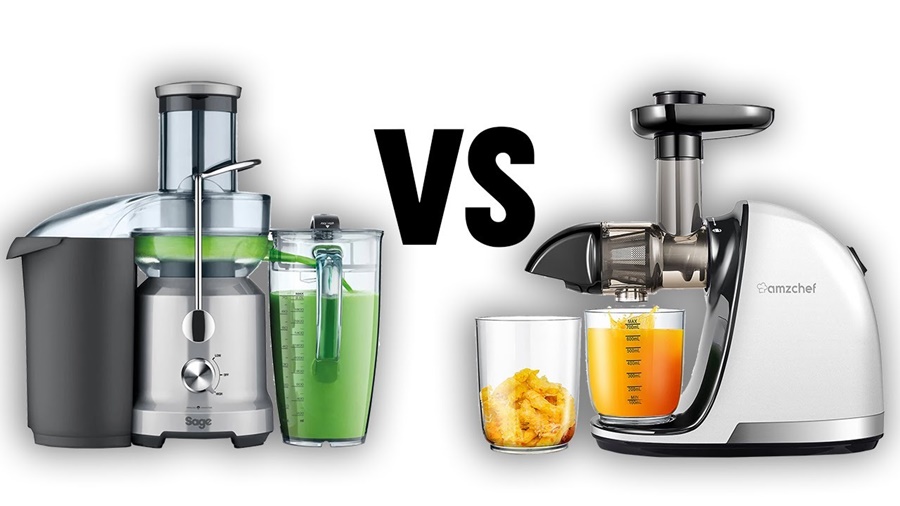
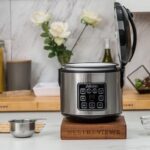
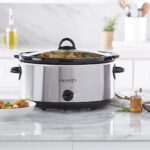
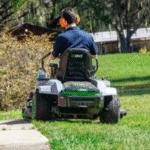
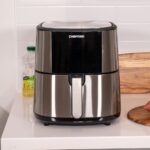
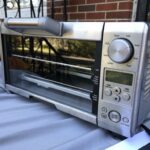
Leave a Reply